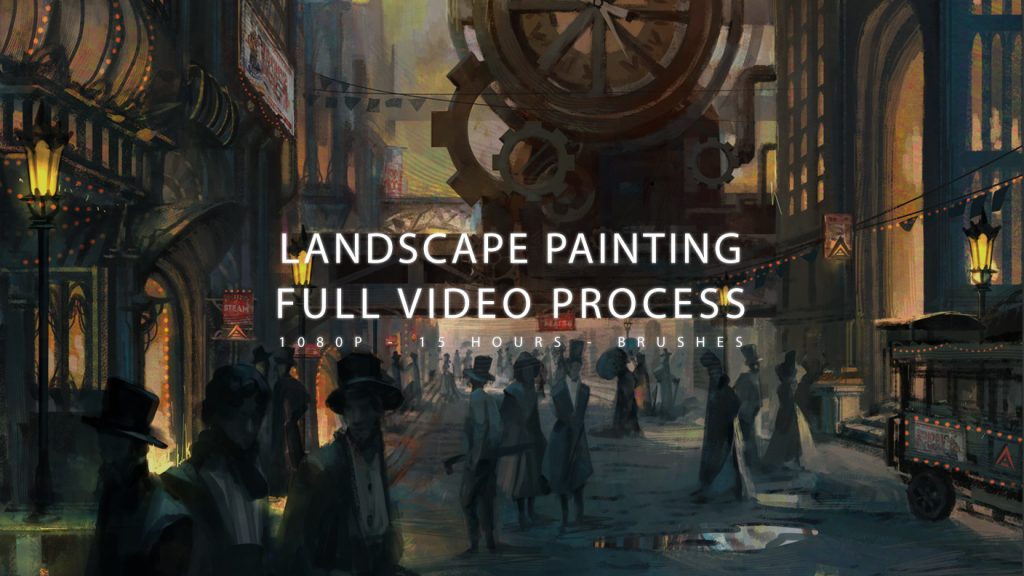ArtStation Marketplace Success Story: Le Vuong
Le Vuong is a freelance artist who specializes in fantasy illustration for games and book covers.
When the ArtStation Marketplace was released, Vuong was one of the first one to test it out by applying to be an Alpha seller. He uploaded a simple video of his painting process along with the brushes he used as a bundle.
Not only did his first product immediately make it to the Trending tab, it shortly after made it to the top of the Best Selling tab and has been there ever since.
“I didn’t think it would be that well-received. Mostly, I just want to share it [with my followers] and test the functionality of buying, selling, paying and linking to my bank account. I did not expect to sell so many. All the features work very well and I have not encountered any problems through the whole process. ”
On choosing the ArtStation Marketplace to debut his products, he says:
“The maker of a product always wants their item to be sold in the largest and busiest market. The ArtStation Marketplace is that market. The strength of the community is the biggest difference I’ve noticed between the ArtStation Marketplace compared to other platforms. It’s easy to find products from artists you follow directly on their portfolio.”
Transitioning from Traditional to Digital
Vuong studied traditional painting at the Vietnam University at Fine Arts. In 2009, he came across artwork by Ruan Jia and was inspired to start to start moving towards digital painting.
Since there was no formal training available in his country at the time, his transition to Photoshop needed to be self taught and was a struggle.
“When I started practicing digital painting, I looked at a lot of artwork by pioneer digital artists and I was always curious about what brushes they used and how they painted. I learned a lot from their video processes. I studied their process of creating artwork and how they controlled value, color and composition. It inspires me a lot.”
He goes on to explain that the biggest drawback for young artists who are still learning is that they do not seem to know what to do while painting or have a weak workflow. The illustrator recommends that in addition to studying anatomy, color, perspective, values and layout, it is a good idea to watch the process and workflow of artists so you can learn how to use the tools.
 Creation Process & Workflow
Creation Process & Workflow
In addition to more painting videos, the artist shared he was currently working on some tutorials on digital painting techniques with subtitles.
Sell on the ArtStation Marketplace
Upload your products onto the ArtStation Marketplace and start selling today! In just a couple clicks, you’re set to sell to the largest community of artists in the industry.
For more information on the ArtStation Marketplace, check out the FAQ here.





























